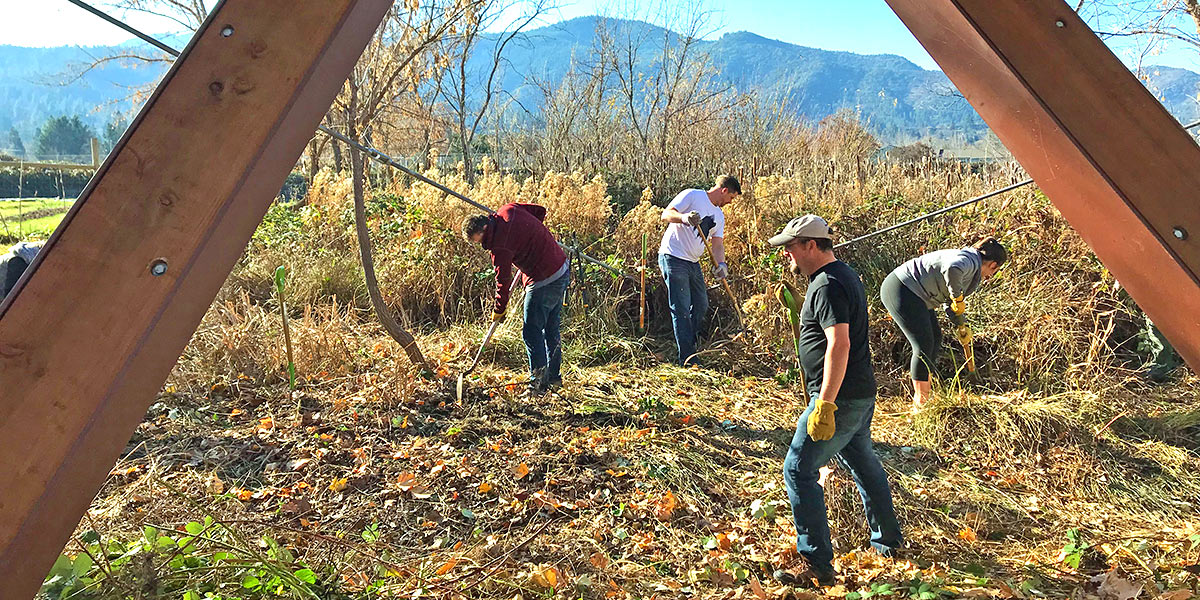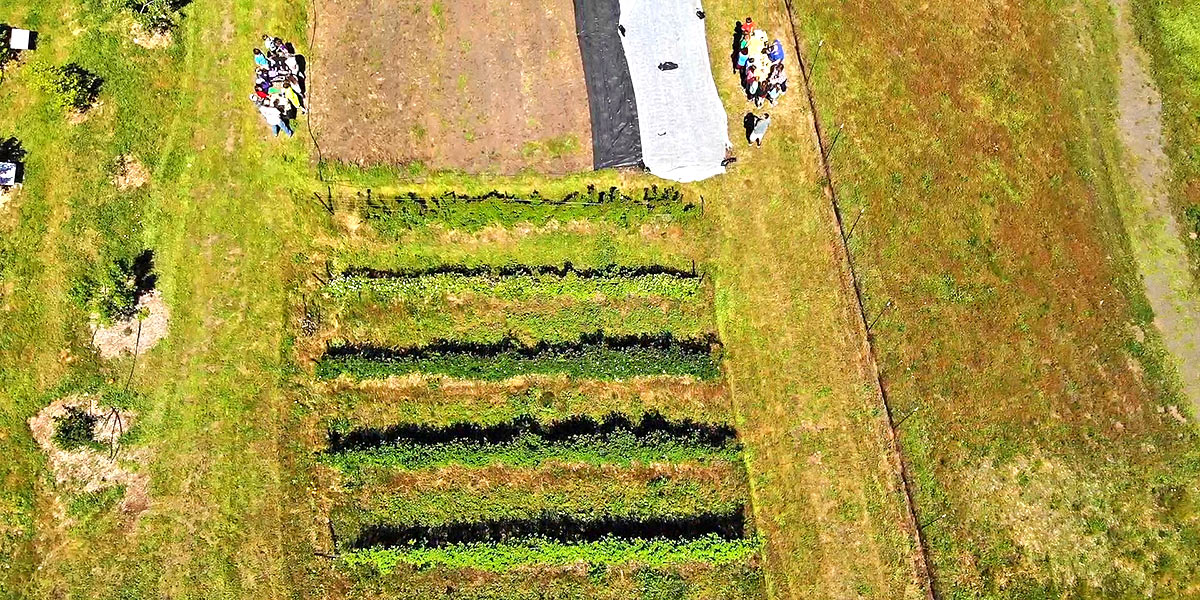- be_ixf; php_sdk; php_sdk_1.4.18
- 107 ms
- iy_2024; im_04; id_19; ih_21; imh_11; i_epoch:1.71358630857E+12
- ixf-compiler; ixf-compiler_1.0.0.0
- py_2024; pm_04; pd_08; ph_21; pmh_54; p_epoch:1.71263846955E+12
- link-block; link-block_link-block; bodystr
- pn_tstr:Mon Apr 08 21:54:29 PST 2024; pn_epoch:1.71263846955E+12
- 0 ms
- be_ixf; php_sdk; php_sdk_1.4.18
- https://sou.edu/academics/the-farm-at-sou-wetland-restoration/
- https://sou.edu/academics/the-farm-at-sou-wetland-restoration/

The Farm at SOU: Wetland Restoration
Wetlands are characterized as an area where water is covering land that creates hydric soils and the ability to support wetland plants (hydrophytes); these can be freshwater, saltwater or estuarine (brackish water – a combination of the two). They provide important habitat for many species of mammals, birds, fish, and invertebrates. In addition, they offer valuable ecosystem services like water filtration, storm protection, and flood control. Roughly 40% of Oregon’s wetlands have been drained, and in 22 states at least 50% of wetlands have been drained.
For these reasons SOU has decided that is it worthwhile to restore the wetland at the SOU Center for Sustainability. The restoration project is being led by Dr. Vincent Smith with support, in the form of expertise as well as manual labor, from Dr. Jammie Trammell, Dr. Robert T. Strahan, and Dr. Scott Maguffin. A dedicated team of hard-working students have also shown up rain and shine for tough workdays of removing blackberry bushes. Some current goals of the project are to remove invasive species, which has already begun with the removal of blackberry bushes, plan future restoration, replant native species, design and place interpretive signs to educate visitors about the project, research well constructions and implement long-term research and monitoring. Along with bringing back the beneficial ecosystem services provided by a functioning wetland, this project will facilitate learning in more ways than one. The signs can be used as a teaching tool for students on a field trip or for curious community members, providing information about restoration projects, native species, and much more. Additionally, the project can be grounds for future research and development by SOU students.

I am involved in this project as an Environmental Science and Policy major at SOU because restoration and project management is something I am very interested in pursuing a career in. In addition, I really enjoy hands-on work and this project will certainly require much of that. The process of removing invasive species and replanting natives one will take months. I look forward to working with my professors and other students to help research and design what the final wetland will look like.
Learn More About the Environmental Science & Policy Program Here
Story by Erin Wheeler, Environmental Science & Policy Major


